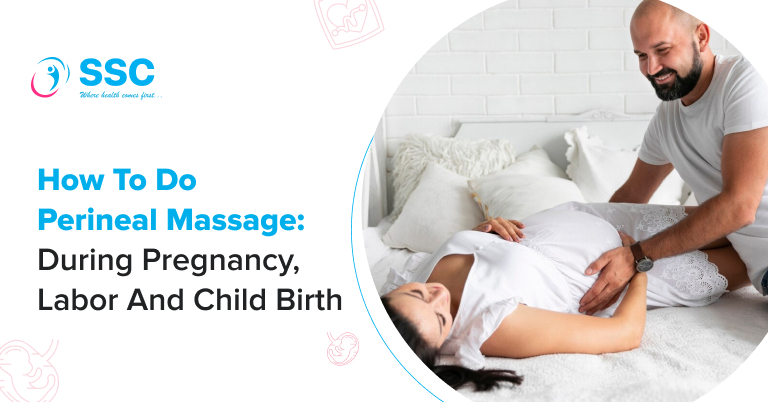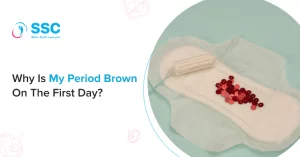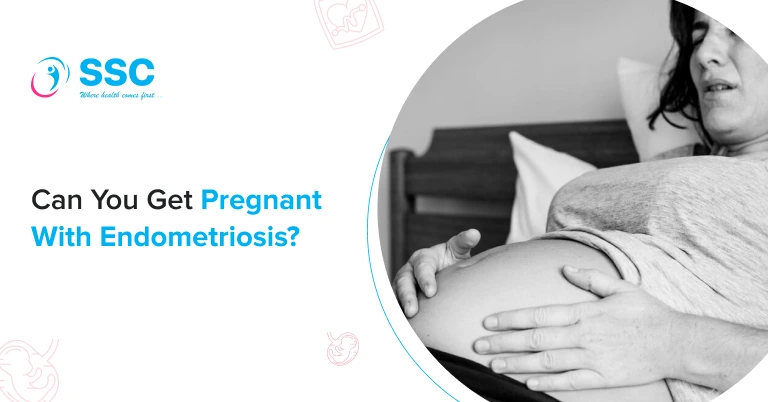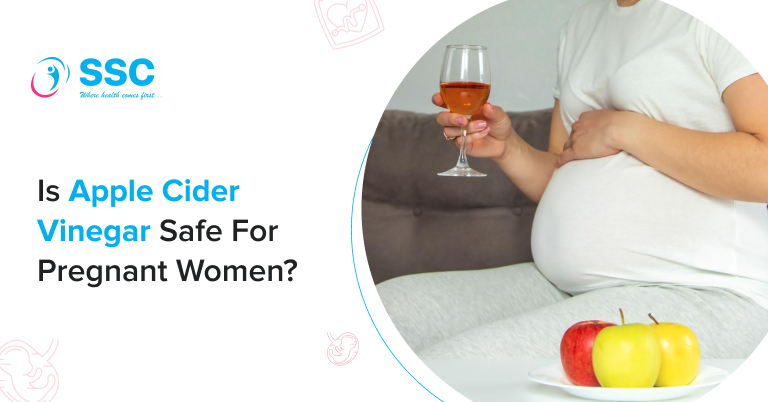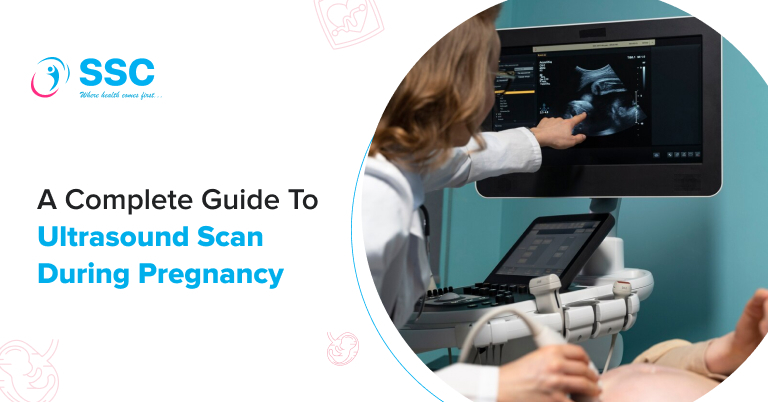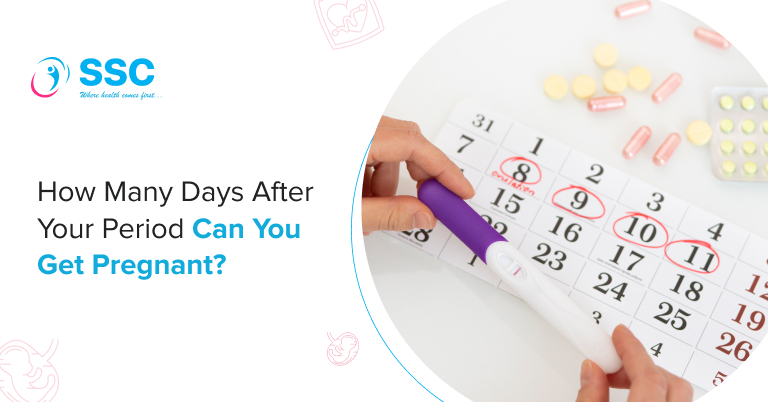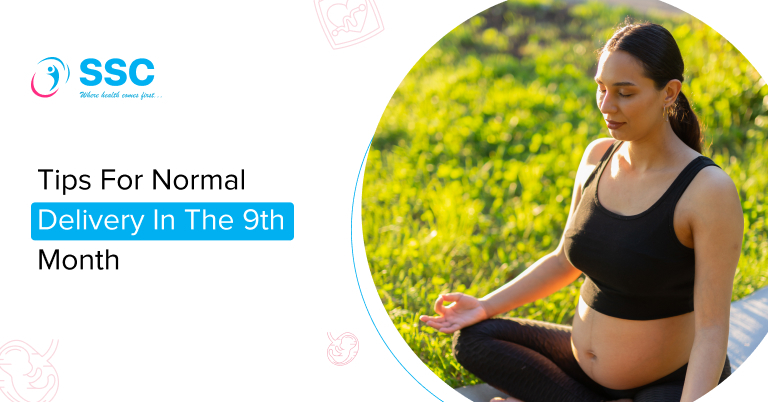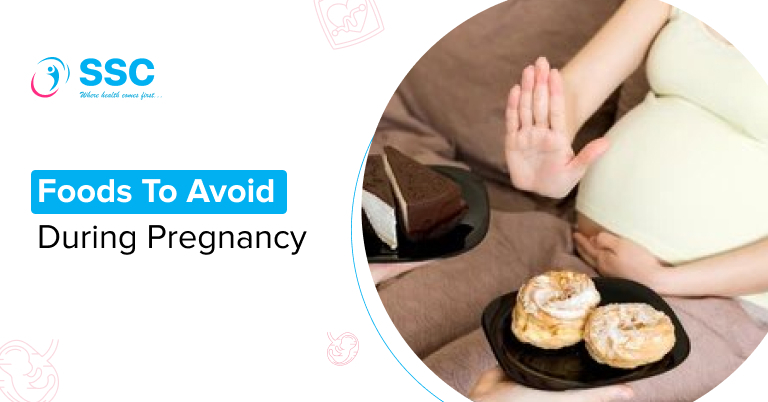How to do Perineal Massage: During Pregnancy, Labor and Child Birth
Key Facts
- You can start perineal massage from week 35 of pregnancy and continue until your baby is born.
- It can help prevent tearing during birth, reduce the chance of needing a cut, and make you more comfortable with the feeling of stretching.
- Apply oil to your thumbs, press them at the entrance of your vagina, and gently stretch outward in a U-shape, holding for about a minute. Repeat this daily for 5 to 10 minutes.
- Doing the massage once or twice a week is enough.
- Avoid doing the massage if you have a low-lying placenta or a vaginal infection.
Perineal massage means gently stretching the perineal tissue, the area between the vagina and anus, with one or two fingers. It helps prepare the area for stretching during vaginal birth. You can use your fingers and apply oil to make it more comfortable. Here’s a step by step guide to how to do perineal massage.
Perineal massage reduces the risk of tearing and episiotomy (surgical cuts), improving your chances of giving birth vaginally without causing harm to your perineum.
What is Perineum?
Perineum is the area between the vagina and the anus. It links to the muscles that support your reproductive organs, intestines, and bladder.
The perineum is usually 2-5 cm long and stretches during childbirth to help the baby come out.
What is Perineal Massage?
Perineal massage involves gently stretching and massaging the perineal tissue with one or two fingers. It helps prepare the area to stretch during vaginal or normal delivery.
This makes the skin become more flexible, making it easier for your baby to pass through during delivery. You can do this massage on your own at home or with your partner’s help.
The gentle massage promotes elasticity and flexibility in the perineal tissues, supporting their natural relaxation and expansion during delivery.
In addition, the stretching sensation of a perineal massage offers a chance to practice breathing, making women feel more at ease and secure during birth.
How to Prepare for Perineal Massage?
Perineal massage can feel a little unfamiliar at first, but with the right preparation, it can be a simple and soothing part of your routine. Here’s how to get started:
- When to Begin: Try starting around week 35 of pregnancy; this gives your body time to adjust before birth.
- Find Your Comfort Zone: Pick a position that feels best for you: lying down, in a warm shower, or propped up with pillows for support.
- Clean Hands Are a Must: Wash your hands thoroughly before starting to keep everything fresh and hygienic.
- Use the Right Oil: A little natural oil like vitamin E, almond, or olive oil can make the massage smoother and more comfortable.
- Warm Up First: A warm bath or shower can help soften the area and make the massage easier.
Easy Perineal Massage Tips
1. Soak in a Warm Bath
A warm bath before starting can help you relax and soften the muscles around your perineum.
2. Keep Your Nails Short
The skin around your vagina is delicate. Trim your nails to avoid any scratches or discomfort.
3. Find a Cozy Spot
Make sure you’re comfortable before you start. Lying in bed with pillows supporting your back and slightly bending your knees is a great position.
4. Use a Gentle Oil
Apply a natural oil like almond or olive oil to keep the area soft and make the massage easier.
5. Place Your Thumbs Correctly
To perform a perineal massage, apply some oil to your thumbs and gently place them inside the entrance. Press down and slightly outward toward the perineum in a U-shape. Hold the stretch for about a minute, then repeat for 5 to 10 minutes.
6. Massage in a U-Shape
Gently press down with your thumbs and slowly massage back and forth along the sides of your vagina in a U-shape for about 3 minutes. Try to do this for 5 minutes daily.
7. Be Consistent
Doing this daily or as often as possible can help make the area more flexible over time. It could take a few weeks to see an improvement.
How to do Perineal Massage?
The following is the step-by-step guide to how to do perineal massage.
Step 1:
Be Prepared:
Before you begin, make sure your hands are clean, your fingernails are trimmed, and your bladder is empty. Bend your knees and relax in a quiet area. You can use cushions or pillows to support your back.

Step 2:
Find a Comfortable Position:
Make yourself comfy before starting the massage. For more accessible access to the perineum, consider sitting on the toilet, standing in a warm shower with one leg on a stool, lying back in the bathtub with one leg on the side, or using pillows for support on a bed or sofa.

Step 3:
Start the Massage:
As much as you can, try to relax throughout the massage.
- Apply a small amount of oil to the lowest portion of your vaginal opening and perineum for comfort.
- Insert one or two fingers (or your thumbs) about 3-4 cm inside your vagina and press down toward your anus to begin the massage. A mild burning or tingling sensation may occur, which is normal.
- Gently press outward, hold for 45-60 seconds, and breathe slowly to relax your muscles.
- Massage in a U-shaped pattern, applying gentle downward and outward pressure.
- Add more lubricant as needed and continue the massage for 5-10 minutes.

Step 4:
Stick to Your Routine:
Make time for this practice every day or as frequently as you can. Since the blood vessels in the area are naturally dilated after a bath or shower, this is an excellent time to massage the perineum because it will be softer. Additionally, this promotes relaxation.

Why can’t you do Perineal Massage before 34 weeks?
Studies show that massaging the perineum from 34 weeks of pregnancy can help reduce the risk of tears requiring stitches. It may also lessen the need for an episiotomy (a small cut in the perineum). Perineal massage is generally recommended at this stage to prepare the area for childbirth and lower the chances of tearing.
How does Perineal Massage help with Childbirth?
In the course of vaginal delivery, 40–80% of women will have some degree of tearing. About two-thirds of tears will need to be stitched.
The skin and muscles surrounding the perineum can stretch more readily during childbirth if regular perineal massage is started by week 35 of pregnancy. This can lessen the likelihood of tearing or the need for an episiotomy, which is a cut made to the perineum to widen the vaginal opening for the baby to be born.
Your chances of having a more natural birth and a quicker recovery are increased if you learn how to stretch the perineum using perineal massage.
When Should You Begin Perineal Massage During Pregnancy?
Massage the perineum every one to two days starting at week 34 of pregnancy if it is comfortable. This can be done by either you or your partner. Take time to try to relax when giving the massage.
After receiving approval from your gynecologist, begin daily perineal massage for up to five minutes until the time of delivery.
Benefits of Perineal Massage
Perineal massage from week 34 of pregnancy can reduce the likelihood of significant tearing or the necessity for an episiotomy in women giving birth for the first time vaginally. Perineal massage has other advantages, such as:
- It helps you get used to perineal sensations.
- Reducing tears means fewer stitches, lower infection risk, less pain, and less bleeding.
- It eases burning and stinging as the baby’s head is born.
- It may reduce the need for stitches after delivery.
- It lowers the risk of long-term perineal pain after childbirth.
- After childbirth, perineal massage helps protect the perineum and may reduce the risk of urine leakage in new mothers.
Should My Partner Be Involved in Perineal Massage?
If a partner is giving you a perineal massage, follow the exact basic directions mentioned above. However, your partner should rub you with their index fingers instead of their thumbs.
The method should include U-shaped, side-to-side movements combined with light downward pressure. Good communication is crucial, so make sure to let your partner know if you feel too much pain or a burning feeling.
When Should I Avoid Perineal Massage?
Perineal massage is generally safe but should be avoided in certain conditions.
- Avoid perineal massage if you have a low-lying placenta.
- Avoid getting a massage if you have any infections, such as herpes, vaginal thrush, or open wounds on your hands.
- Avoid getting a perineal massage if you have high blood pressure during pregnancy.
- If you have had prior perineal surgery, speak with your healthcare provider before beginning a perineal massage.
Bottom Line:
Pregnancy will cause numerous changes to your body. As you get ready for labor and delivery, it’s a good idea to include regular perineal massage in your treatment plan. If you have any questions or concerns about tears, schedule an appointment with our best gynecologist.
Frequently Asked Questions
Why can't you do a Perineal Massage before 34 weeks?
Perineal massage is not recommended before 34 weeks because the perineum needs time to naturally prepare for childbirth. Starting too early may not provide additional benefits and could cause discomfort. Research suggests that beginning at 34 weeks is most effective in reducing the risk of tearing and the need for surgical cuts.
How to Massage your Perineum before Birth?
- Get ready: Place your legs apart and support your back while you sit. For a softer perineum, massage after taking a bath. Apply a lubricant like oil to start the massage.
- Massage: Until you experience a tingling sensation, apply constant downward pressure toward the back canal. Try applying downward and outward pressure in a U-shape.
- Salads: Massage for four to five minutes per day.
- Relax: During the massage, take deep breaths to help your muscles relax.
What is Perineal Massage during Pregnancy?
The perineal tissues are kept flexible by this light massage, which gets them ready to naturally stretch and expand during birth. Additionally, it allows you to practice breathing through the piercing feeling of perineal stretching, which many women believe encourages them and keeps them calm during birth.
How to do Perineal Massage for Normal Delivery?
- When to start: Start massaging the perineum four weeks before delivery.
- How to do it: Insert a lubricated finger and press steadily downward and outward in a "U" form.
- How long: Massage for 5–10 minutes once a day.
- What to feel: It's natural to feel a little tingly or burned. You can do it with your partner.
- Comfort & more exercises:To be ready for labor, attempt pelvic floor exercises and use more lubricant if necessary.
- Stop if it hurts: Speak to your doctor if you experience pain.
Perineal massage helps stretch the tissues in your perineum, preparing your body for a normal delivery. Follow the below-mentioned tips:

